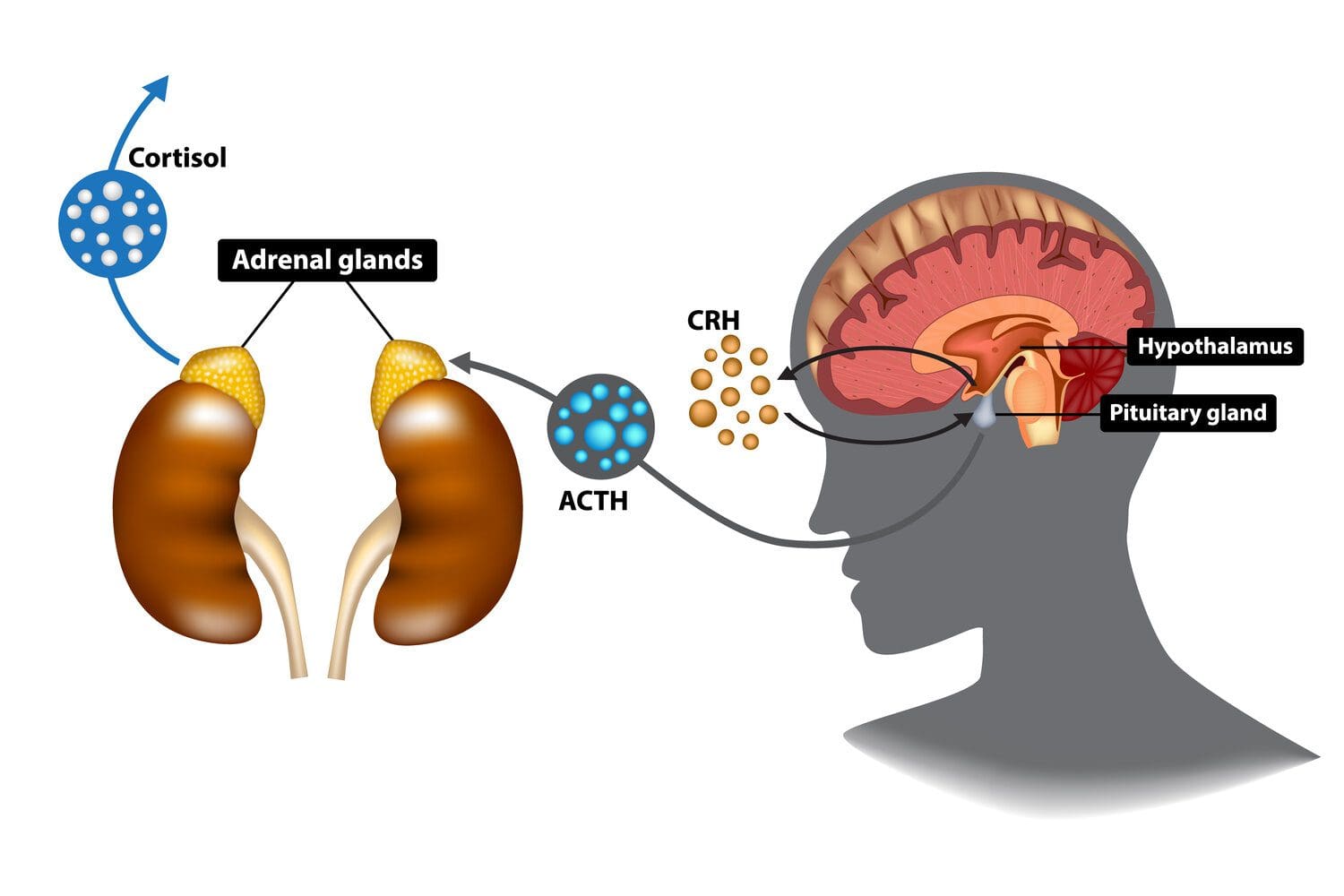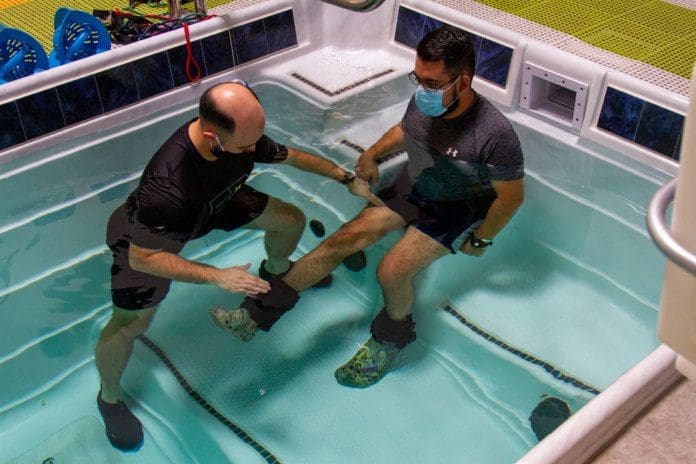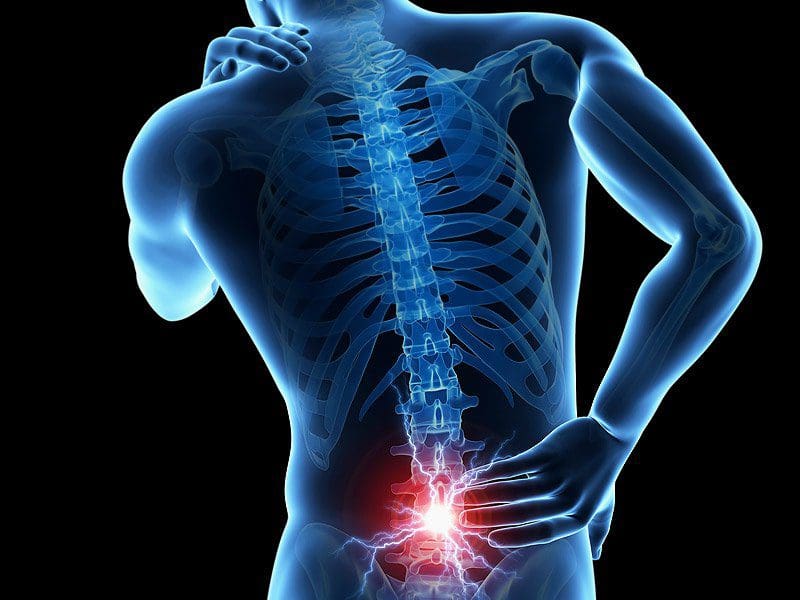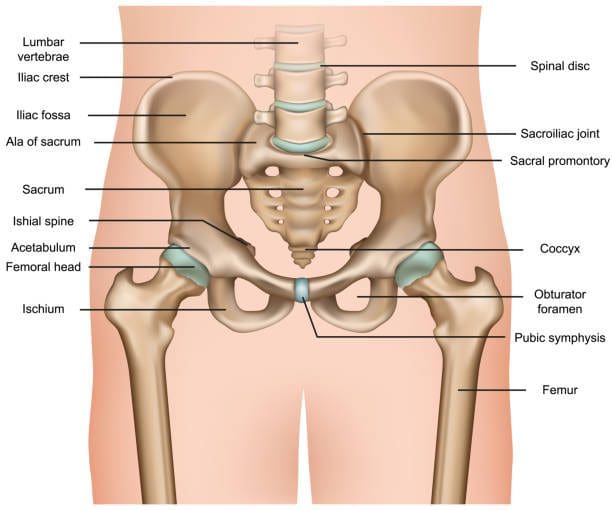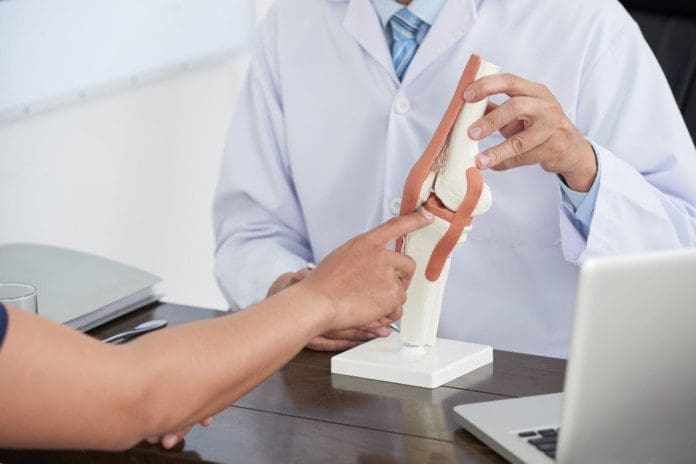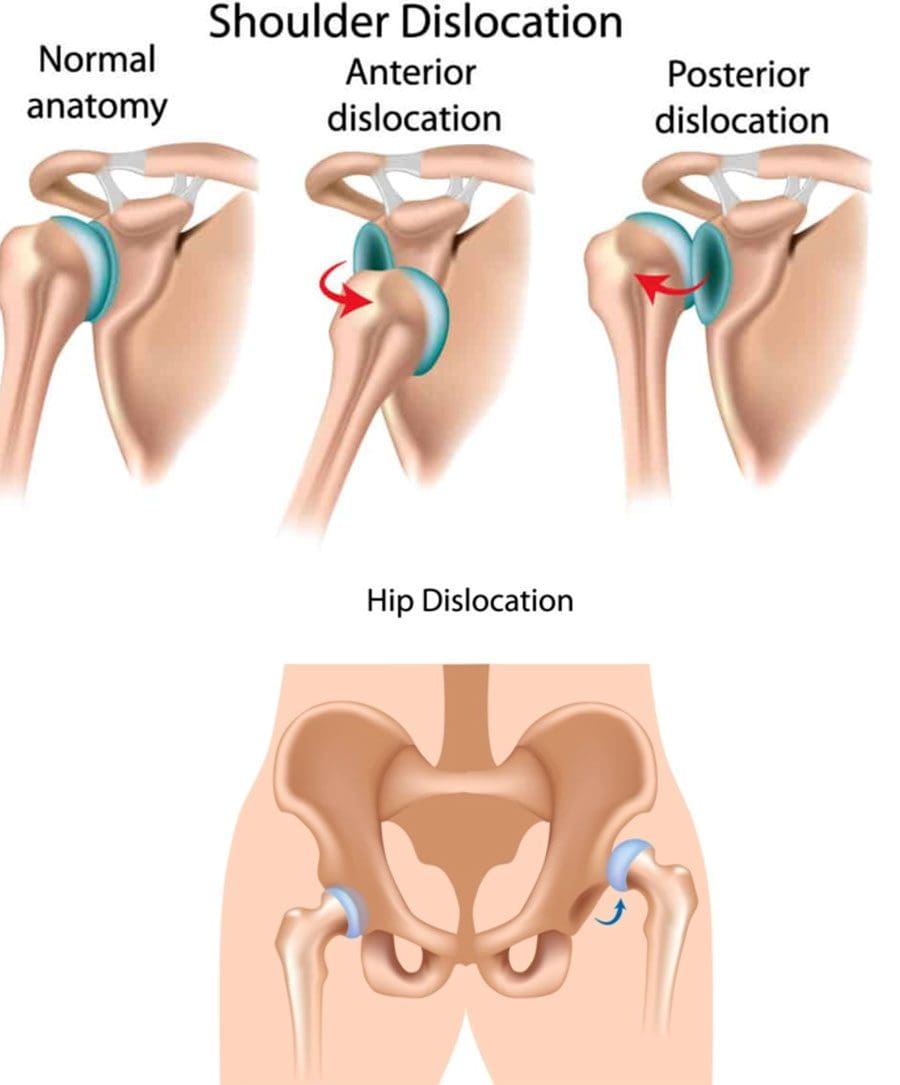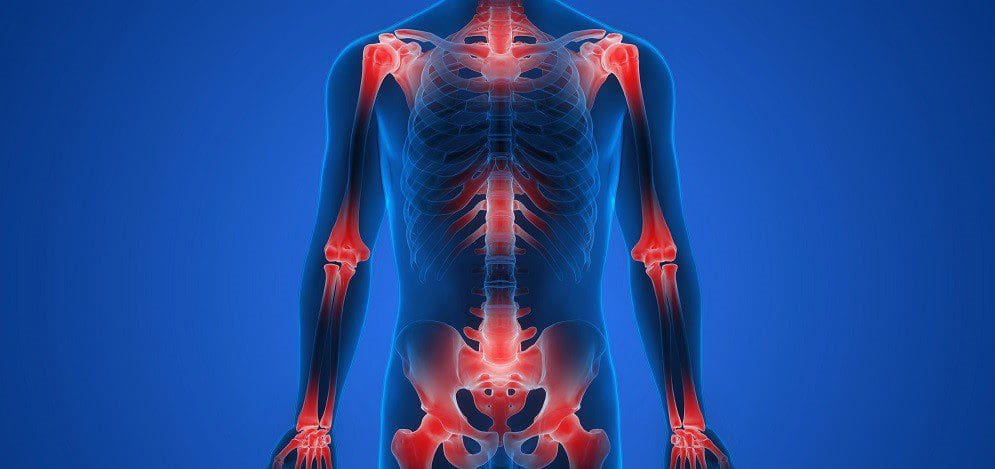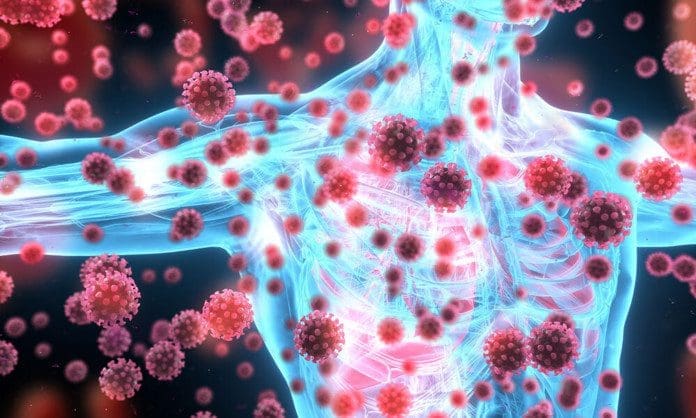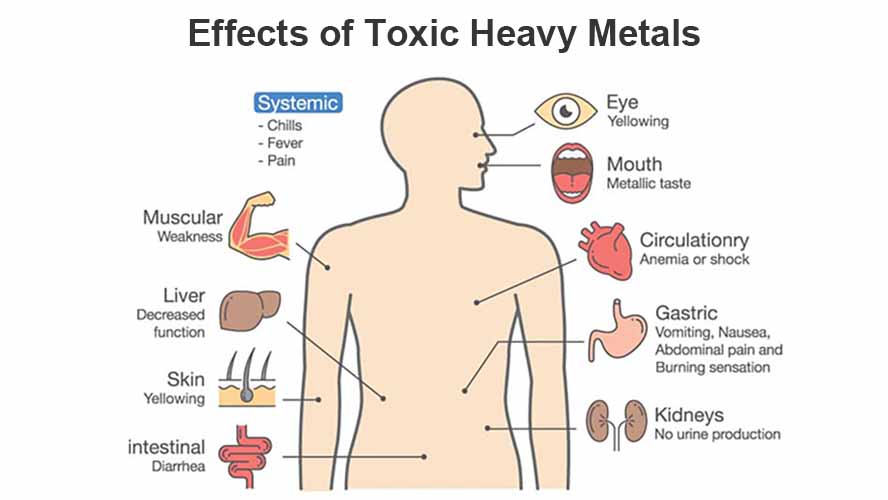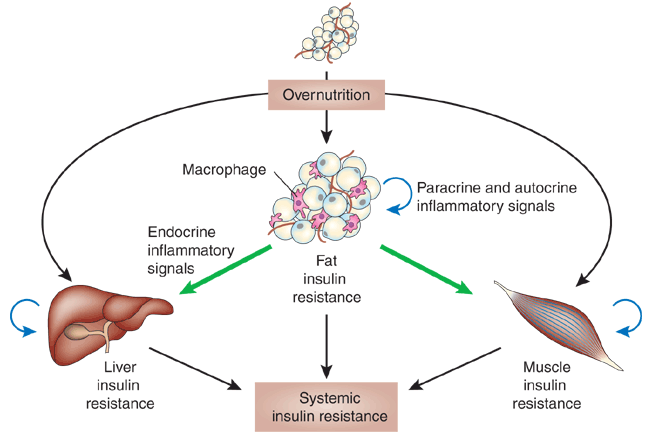The body’s nerves are the communication system that carries messages between the brain and the rest of the body. Some nerves transmit messages from the brain to muscles to make the body move, while others relay pain, pressure, or temperature signals. Tiny fibers bundled inside each nerve carry the messages with an outer layer/sheathing that insulates and protects the nerves. The brachial plexus is a network of nerves that send signals from the spinal cord to the shoulders, arms, and hands. A brachial plexus nerve injury occurs when the nerves are over-stretched, compressed, torn, cut, or ripped from the spinal cord.
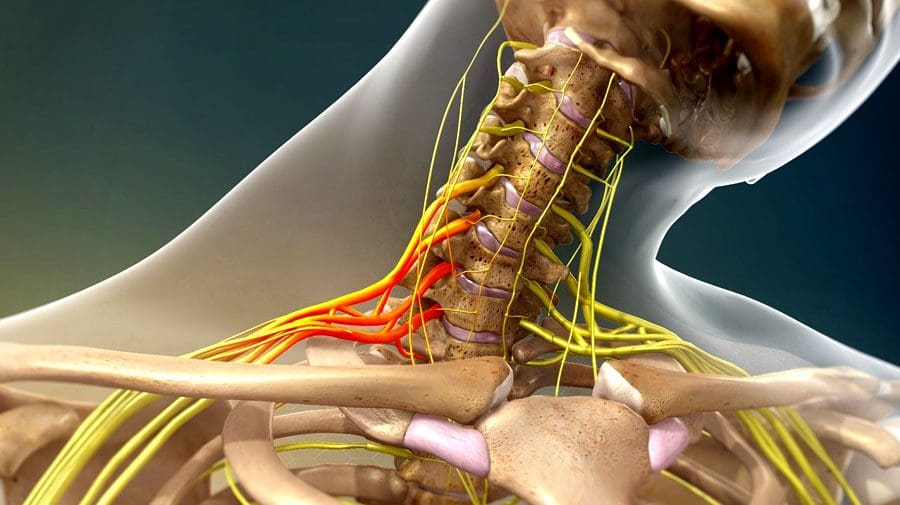
Table of Contents
Brachial Plexus Nerve Injury
The injury involves the head or neck hitting or getting hit and shifting to one side while the shoulder is stretched/pulled in the opposite direction.
- Minor brachial plexus injuries are commonly known as stingers or burners and are common in sports like football, wrestling, hockey, soccer, and basketball.
- Severe brachial plexus injuries can cause arm paralysis and usually result from vehicle or motorcycle accidents.
- Other conditions like inflammation or tumors can affect the brachial plexus.
- Sometimes babies can sustain brachial plexus injuries during birth.
- Pressure and stretching injuries do not physically sever the nerve but can disrupt communication.
- Cutting injuries vary depending on the severity of the cut and because the nerves are in a protective canal that can also be fractured or broken. If the canal remains intact, the nerve fibers could grow back with time.
- However, surgery is necessary to repair the damage if the canal is broken.
- A neuroma/scar tissue can develop if left unrepaired, causing pain.
Symptoms
Signs and symptoms of a brachial plexus nerve injury can vary, depending on the severity and location of the injury. Usually, only one arm is affected.
Minor Injuries
Minor damage comes from over-stretching or mild compression.
- An electric or burning sensation shoots down the arm.
- Numbness and weakness in the arm.
- Neck pain.
- These symptoms usually last for a few seconds or minutes but can linger for days or longer.
Severe Injuries
More-severe symptoms result from injuries that impact, tear, or rupture the nerves.
- The most severe injury occurs when the nerve root is torn from the spinal cord.
Symptoms include:
- Intense pain.
- Writhing neck pain.
- Weakness or inability to use specific shoulder, arm, and/or hand muscles.
- Complete lack of movement and feeling in the shoulder, arm, and/or hand.
- Symptoms in both arms.
Complications
With time, most brachial plexus injuries in children and adults heal with minimal long-term damage. But some injuries can cause long-lasting problems that include:
Joint Stiffness
- The joints can stiffen, making movement difficult.
- Healthcare providers often recommend ongoing chiropractic and physical rehabilitation during recovery.
Atrophy
- Nerves regrow slowly and can take some time to completely heal after the injury.
- During that time, lack of use can cause the muscles to break down.
Chronic Pain
- Nerve damage can cause pain signals to be constantly firing.
Numbness
- It can occur in the arm or hand, increasing the risk of worsening the injury or causing new injuries.
Disability
- Recovery from a severe brachial plexus injury depends on age, damage, location, and severity.
- Even with surgery, individuals can experience long-term muscle weakness or paralysis.
Chiropractic Treatment and Rehabilitation
Treatment depends on the severity of the damage. Chiropractic can help realign, rehabilitate, stretch, and strengthen the muscles, nerves, tendons, joints, and ligaments to expedite recovery. For less severe injuries:
- Muscle strengthening and posture exercises help maintain motion.
- Transcutaneous electrical nerve stimulation for pain control.
- Therapeutic massage will stimulate circulation and keep the muscles loose.
For severe injuries:
- Surgery
- Continued chiropractic and physical rehabilitation to maintain thorough circulation, range of motion, and relaxed muscles.
The Brachial Plexus
References
Brucker, J et al. “Brachial plexus birth injury.” The Journal of neuroscience nursing: Journal of the American Association of Neuroscience Nurses vol. 23,6 (1991): 374-80. doi:10.1097/01376517-199112000-00006
Gutkowska, Olga, et al. “Brachial plexus injury after shoulder dislocation: a literature review.” Neurosurgical review vol. 43,2 (2020): 407-423. doi:10.1007/s10143-018-1001-x
Joyner, Benny, et al. “Brachial plexus injury.” Pediatrics in review vol. 27,6 (2006): 238-9. doi:10.1542/pir.27-6-238
Noland, Shelley S et al. “Adult Traumatic Brachial Plexus Injuries.” The Journal of the American Academy of Orthopaedic Surgeons vol. 27,19 (2019): 705-716. doi:10.5435/JAAOS-D-18-00433



